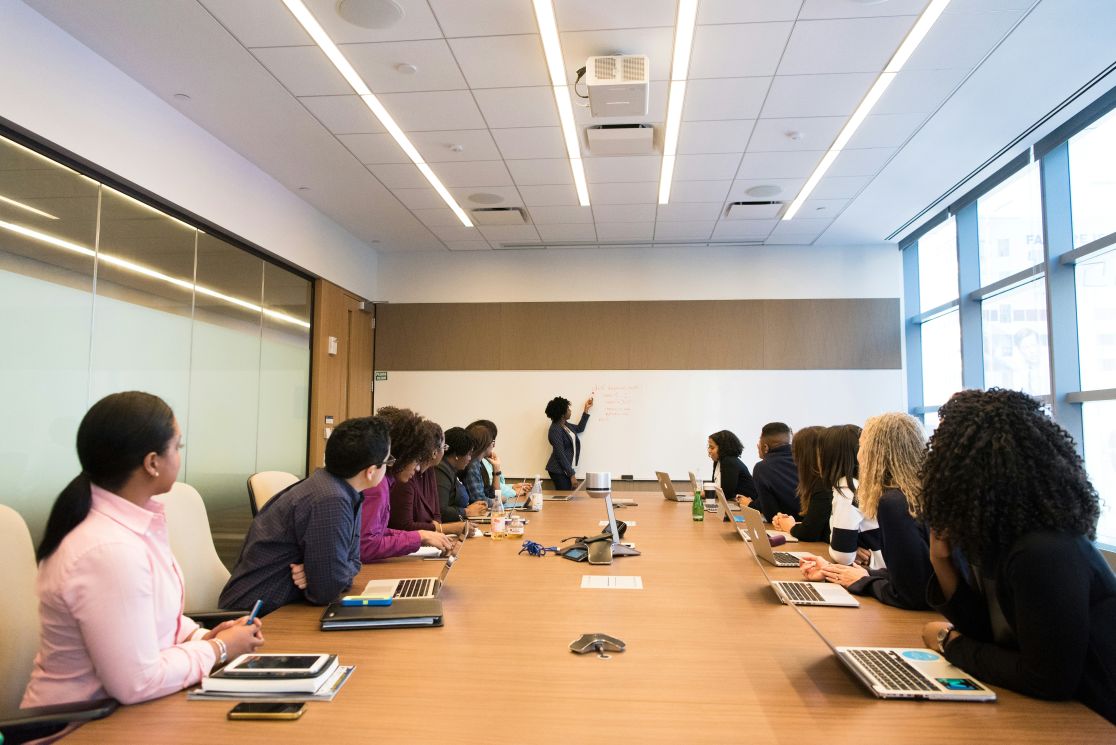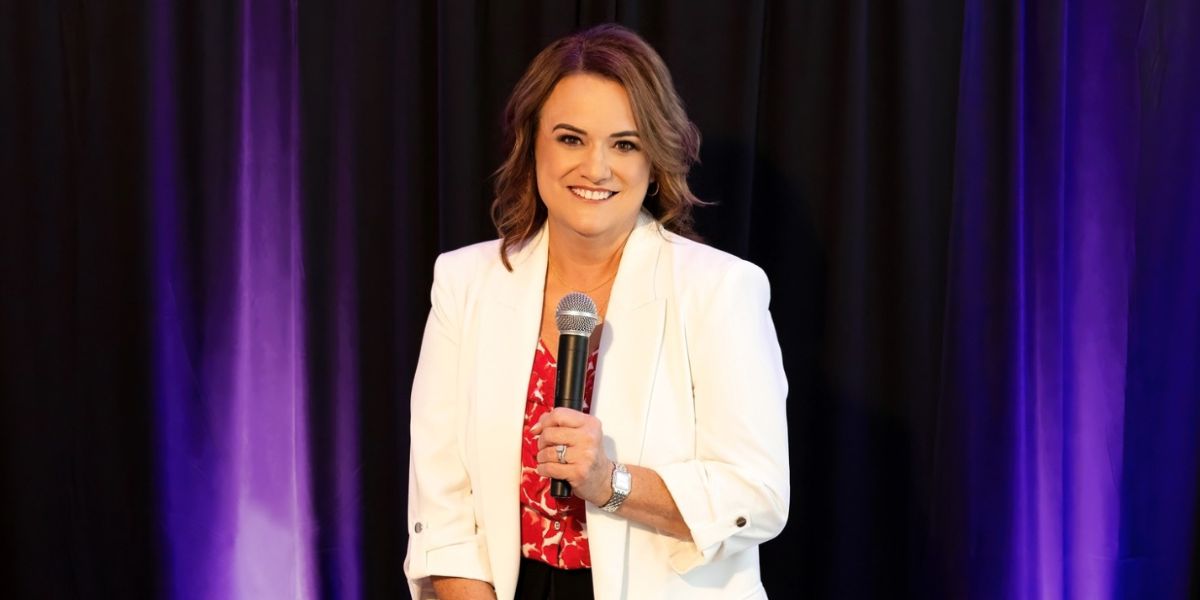In today’s fast-paced, innovation-driven business environment, culture is no longer a secondary concern—it’s a competitive differentiator. While many organizations have made substantial investments in culture-building strategies, one key asset remains underutilized: the strategic and transformational power of women leaders.
Women bring a unique leadership perspective that not only improves team performance but also redefines the way companies operate from the inside out. Studies consistently demonstrate that female leaders excel in areas directly tied to building high-performing cultures, including collaboration, empathy, communication, and adaptability. Harnessing these strengths doesn’t just support diversity and inclusion goals—it unlocks new levels of engagement, innovation, and retention, which ultimately shape an organization’s future success.
Why Culture Needs Women’s Leadership

A strong organizational culture is built on relationships, trust, and purpose. These aren’t just abstract ideals—they are daily experiences shaped by leadership behaviors. Research by the Harvard Business Review reveals that women outscore men in 17 out of 19 key leadership capabilities, including integrity, developing others, and taking initiative.
These competencies are more than just beneficial—they’re foundational to a thriving workplace culture. Culture is created in the micro-moments: how a leader handles feedback, supports team well-being, navigates conflict, or models company values. Women tend to lead through influence and connection, making them natural builders of cohesive, values-aligned teams.
Chellie Phillips, workplace culture expert and author of Culture Secrets, says, “Women don’t just participate in the workplace—they often drive the invisible emotional currents that keep teams grounded, motivated, and supported. Their leadership style is a force for connection and transformation.”
When women lead, they often build more inclusive, empathetic, and resilient teams—qualities that foster a positive culture. They don’t just maintain relationships; they actively strengthen them. This ability to lead with empathy and emotional intelligence is one of the many reasons women excel in shaping a positive organizational culture.
The Culture-Performance Connection
Culture isn’t just about camaraderie; it has a direct impact on performance. McKinsey & Company’s 2023 Women in the Workplace report confirms that companies with more women in leadership roles outperform their peers in terms of employee satisfaction and retention, primarily due to the unique leadership style of women.
Women leaders are:
- More likely to provide emotional support to their teams, fostering a sense of belonging and psychological safety.
- More consistent in recognizing employee contributions, which boosts morale and fosters an atmosphere of appreciation.
- More invested in individual development and mentorship, creating opportunities for growth and advancement within the organization.
These behaviors are not optional—they are essential for sustaining healthy cultures in today’s hybrid, multigenerational, and often burnout-prone workplaces. When employees feel seen, heard, and valued, they are more likely to engage meaningfully with their work and remain loyal to the organization.
Within Phillips’ V.A.L.U.E. Culture Formula—Vision, Accountability, Leadership, Uniqueness, and Engagement—female leaders bring strength to each of its pillars. They align teams with a clear and inspiring vision, promote accountability in ways that are both fair and empowering, lead with authenticity, highlight the uniqueness of each individual, and ensure all employees feel engaged and connected.
Real-World Examples of Culture Transformation
Several successful companies have recognized and leveraged the cultural strengths that women bring to leadership. At Johnson & Johnson, women leaders have pioneered global mentorship programs and well-being initiatives that focus on supporting employees’ physical and mental health. These programs have been critical in shaping a culture where employees feel supported and valued at every stage of their career journey.
At PepsiCo, Chief Strategy Officer Athina Kanioura has led efforts to integrate a culture of innovation by restructuring cross-functional collaboration. Under her leadership, the company fostered a culture of open communication and collaboration across different business units, creating a more agile and innovative organization.
Even in smaller organizations, women’s influence can be transformational. In many startups, women leaders play a crucial role in articulating core values, fostering emotional safety, and enhancing employee engagement. Their ability to connect deeply with employees fosters a sense of ownership and belonging, which drives performance and growth.
Breaking the Bias Barrier

Despite the data, women continue to be underrepresented in senior leadership roles. This is not only a diversity issue—it’s a culture issue. Organizations that overlook the strategic value of women’s leadership miss the opportunity to create meaningful, sustainable change. By limiting women’s influence at the top, companies not only miss out on diverse perspectives but also inadvertently undermine their cultural development.
Chellie Phillips challenges executives to shift their perspective: “If you want to transform your culture, look for the people already modeling it. Chances are, they’re women. Empower them, listen to them, and bring them into the culture-building process intentionally.”
Gender diversity in leadership isn’t just a ‘nice-to-have’—it’s a strategic advantage. By creating more opportunities for women to lead, companies can foster an environment that encourages cultural transformation. The companies leading the charge in culture transformation are those that recognize the critical role women play in shaping not just the present but also the future of their organizations.
A Call to Action
Culture doesn’t evolve through policies alone—it evolves through people. When women lead, culture transforms. And when culture transforms, organizations thrive.
The business case for increasing the number of women in leadership roles is clear. Women leaders have consistently demonstrated that they can drive positive cultural change, increase employee satisfaction, and improve organizational performance. The question now is whether companies will recognize this potential and begin to empower women to shape the cultures of tomorrow.
Organizations that embrace the leadership strengths of women are not just investing in their future—they’re building a culture that attracts top talent, retains high performers, and drives innovation. Women leaders are not just shaping the workplace—they are shaping the future of work itself.
About Chellie Phillips
Chellie Phillips is a workplace culture expert, nationally recognized speaker, and international best-selling author of Culture Secrets. She helps leaders create thriving, people-first organizations using her proven V.A.L.U.E. Culture Formula. Learn more at www.chelliephillips.com
Disclaimer: Results mentioned in this article and on any linked websites may vary and are not guaranteed. The information provided is for educational purposes only and should not be considered professional advice.









